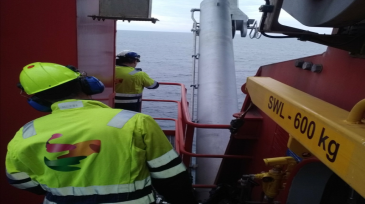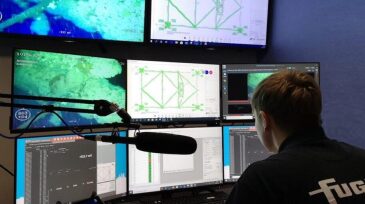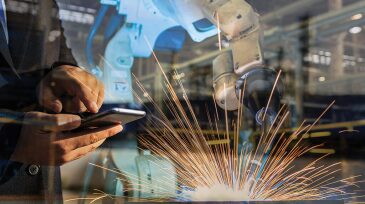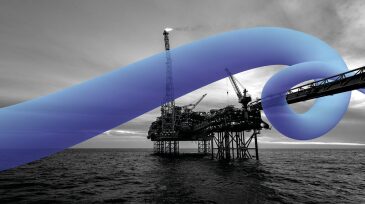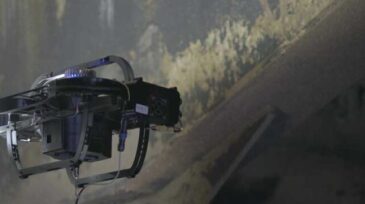inspections
-
An autonomous robot will be deployed on an offshore platform for the first time by Equinor. The operator plans to use it as its eyes and sensors on future platforms where humans will visit only intermittently.
-
The paper describes the steps that have already been taken to create an industry-wide group that includes operators, class regulators, and service providers to agree on the primary challenges and to encourage development of practical solutions in a cost-efficient way.
-
On the normally unmanned Valhall Flank West platform, the survey of a 1-year-old box boom pedestal crane featured auto-testing of the automatic overload protection system. A similar inspection program was performed on two knuckle boom cranes on a FPSO vessel in Skarv.
-
Akers BP said it will use lessons learned from the pilot and scale the remote-assist concept across its assets.
-
The fully remote inspection was conducted with an ROV to increase worker safety and security and reduce environmental exposure on an offshore platform.
-
With their gee-whiz—albeit artificial—intelligence, robots may be the industry’s answer to jobs deemed dangerous, dirty, distant, or dull.
-
The inspection projects to assess water ingress will be done via remotely operated vehicle.
-
A recent test proved the feasibility of using LiDAR on remote-controlled drones to create 3D maps of the inside of tanks, increasing the safety and efficiency of inspections.
-
The AI-driven tool will detect anomalies in subsea oil and gas infrastructure.
-
The data-driven maintenance program incorporates riser condition, usage, and fatigue analysis with a risk-based inspection process.




